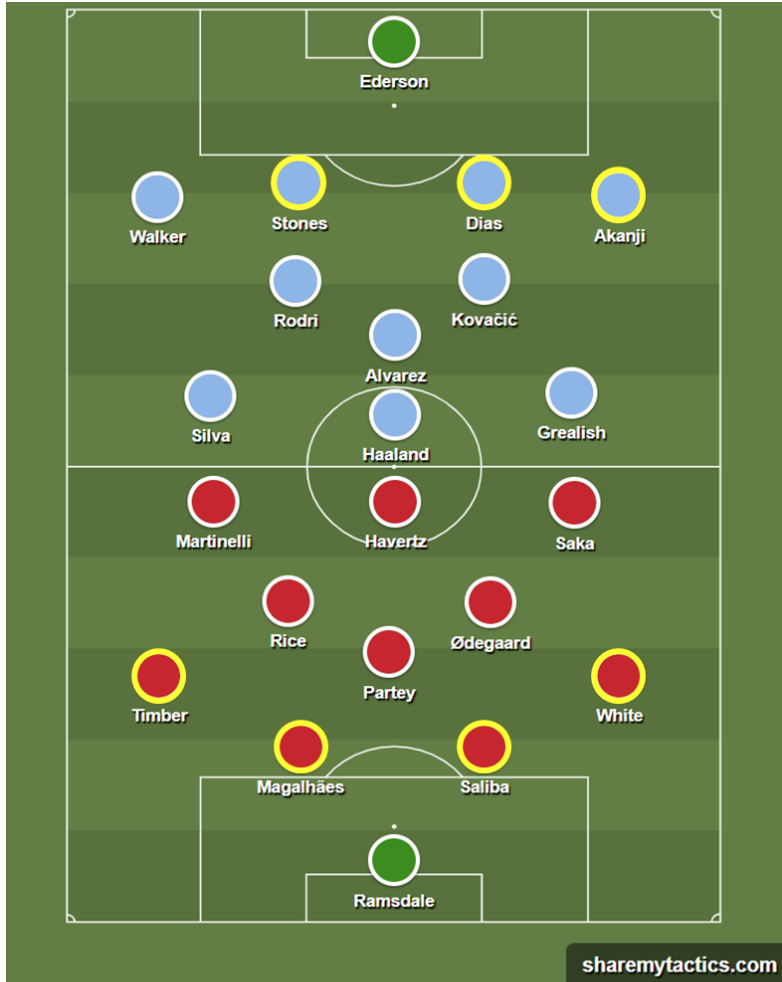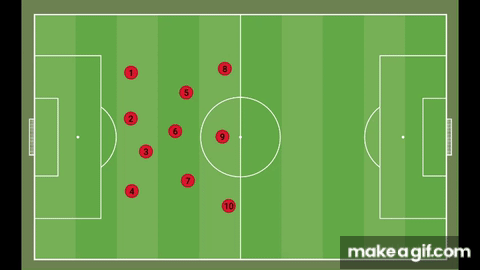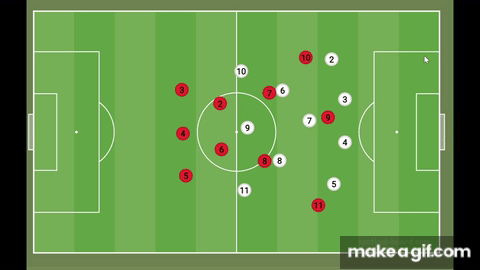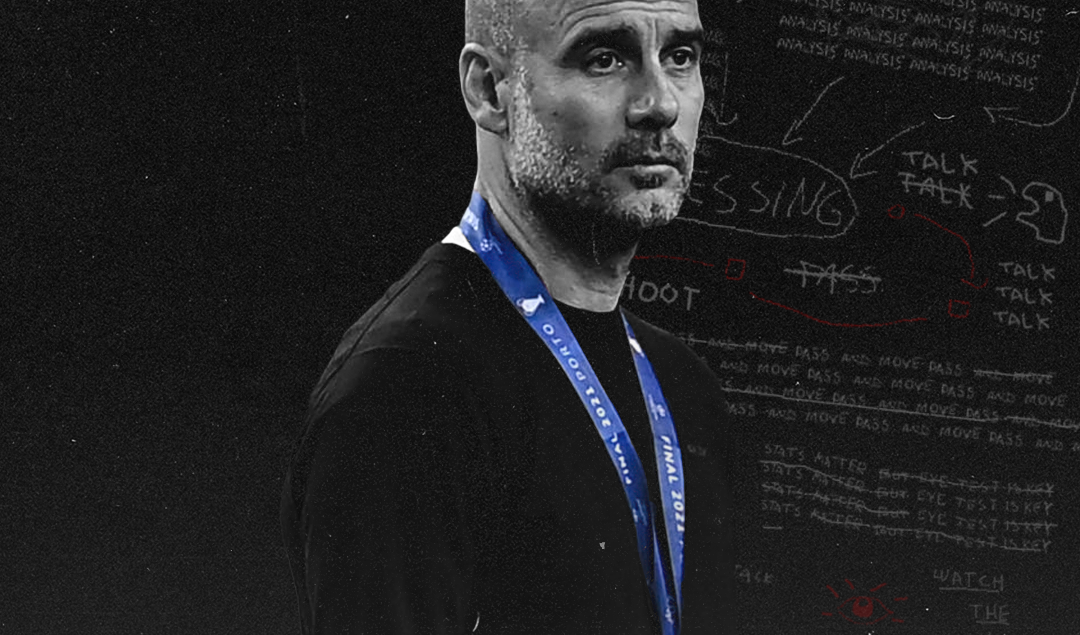Breaking the Mold: Position of the Season 2023/24: Part One
The goal of this series is to describe a position of play that had the most pervasive impact on teams’ success across European football during a given season. When reflecting on the 2023/24 season, the evolving role of central defenders, or “centerbacks,” among successful teams in various leagues is prominent.
This trend is fitting given that one of the earliest and greatest innovators at the centerback position, Franz Beckenbauer, passed away on January 7th of this year. A legend of the game, racking up 89 goals, 85 assists, and two Ballon d’Ors among a litany of other accolades during his illustrious career in Europe, Beckenbauer’s role on the pitch transcended position (Transfermarkt).
He began his career as an attacking midfielder but went on to pioneer the role of “attacking sweeper”. From this central defensive position, Beckenbauer was given license to roam across the pitch, getting into the midfield and attack where his ability on the ball made him a creative force for both Bayern Munich and the West German national team.
The centerback play of top teams in the English Premier League and Italian Serie A’s surprise package, Bologna FC 1909, served as a fitting homage to Beckenbauer over the course of the 2023/24 season. Defenders across these leagues showcased their versatility and ability to excel in somewhat unexpected positions on the field, reminiscent of Beckenbauer more than 50 years ago.
The more the merrier: centerback selection in the Premier League
For the second season running, Manchester City and Arsenal finished first and second, respectively, in the 2023/24 Premier League table. Arsenal closed the gap on their title rivals to just two points after finishing five points behind City in 2022/23. Both clubs have firmly established themselves as the Premier League’s preeminent sides in terms of performance and they are similarly setting the standard for how centerbacks are used in England’s top flight.
When City and Arsenal met in the 2023 Community Shield match, the Premier League’s perennial curtain raiser, seven of the eight defenders fielded between the two teams were centerbacks, despite both teams playing back fours (see Figure 1). Until recently, when teams lined up in back four systems (4-3-3s, 4-4-2s, etc.), their defenses generally featured two centerbacks responsible for defending central areas and two fullbacks or outside backs responsible for marshaling the defensive flanks.
Exequiel Palacios: Leverkusen’s Unsung Argentine Dynamo in Midfield
A glance at the starting lineups fielded by a few “big 6” teams on the opening day of the 23/24 Premier League season highlights coaches trending away from that orthodoxy, with Chelsea joining City and Arsenal in fielding back fours featuring three centerbacks. Over the course of the season, several other top sides including Liverpool, Newcastle, and Brighton would regularly play with at least three centerbacks in their back fours (though in some cases forced due to injury/availability).
Figure 1.) Manchester City and Arsenal lineups in the 2023 FA Community Shield

*players who have historically played as centerbacks highlighted in yellow
This selection of additional centerbacks is often a knock-on effect of in-possession trends exemplified by teams across Europe in recent seasons. Many top sides are shifting defenders into midfield during the build-up of their attacks to help dominate possession and add a spare player in advanced areas.
However, with managers now consistently shifting or “inverting” a designated member of their back four into more attacking positions when they have the ball, the defenders who remain in the defensive line often operate as the de facto back three for most of the game, given that top sides tend to dominate possession (see Figure 2).
Figure 2.) Manchester City and Arsenal back threes in possession

Blurred lines: the eroding distinction between centerbacks and fullbacks
Given that the primary focus of defenders in these de facto back threes is to maintain defensive balance during attacking phases, sitting behind the ball and seldom making forays forward, it makes sense that managers would opt to select players who have historically played as centerbacks in these positions.
Many traditional fullbacks who are generally at their best when flying up and down the flanks would be shackled by the defensive responsibility thrust upon them in this role. However, aspects of playing in these back threes pose new questions of centerbacks as well.
For instance, the two outside centerbacks in these back threes are responsible for covering more ground in wider areas than traditional centerbacks, especially during transitions after their sides turn over possession. Similarly, these outside centerbacks are often left 1v1 with opposition wingers both during transitions and after their defense has shifted back into an out-of-possession defensive line of four (see Figures 3a and 3b).
Figure 3a.) Shift to back three in possession Figure 3b.) Defensive action after turnover


In years gone by, teams generally set up their defenses to avoid having centerbacks isolated against wingers in wide areas. That situation occurring repeatedly was normally a sign of poor defensive structure. Last season showed, however, that managers are increasingly tolerant of these centerback vs. winger matchups.
What was once seen as a tactical red flag is now increasingly common and becoming part of the job description for centerbacks playing in the upper echelons of English football. This shift in expectations of centerbacks is indicative of a broader trend cropping up in various parts of European football where the lines that distinguish fullbacks from centerbacks (and vice versa) are becoming less clear.
Recent seasons have featured the development of more hybrid defensive roles that retain aspects of both traditional fullback and centerback play. These new roles can often be more accurately described in terms of the tasks that designated defenders are asked to perform rather than specific position titles (e.g. fullback or centerback).
Arsenal’s Transfer Targets: Key Moves to Reinforce Their 2024/2025 Title Bid
Inverters like Liverpool’s Trent Alexander-Arnold, Arsenal’s Oleksandr Zinchenko, and Manchester City’s John Stones and Manuel Akanji are operating centrally and in more advanced positions when their sides are in possession. Meanwhile, players like Arsenal’s Ben White and Jakub Kiwior, Manchester City’s Josko Gvardiol, and Chelsea’s Levi Colwill, who have historically played as centerbacks, are being tasked with defending against wingers and marshaling their teams’ defensive flanks.
As is so often the case with many of the trends in topflight football over the last 15 years, Manchester City manager Pep Guardiola has helped set the curve on this development, and his recent profiling of defenders demonstrates this fact. The next piece in this series explores how these trends manifested themselves over the course of City’s 23/24 campaign…
By: Ade Samuel / Linkedin: https://www.linkedin.com/in/ade-samuel-42a165172/
Featured Image: @GabFoligno / David Ramos – AFP
